| Whole-Class Lesson:
| BIG IDEA 5: Nutrients in the soil (or water) are used by plants and other organisms. Vocabulary:
|
| Whole-Class Lesson:
|
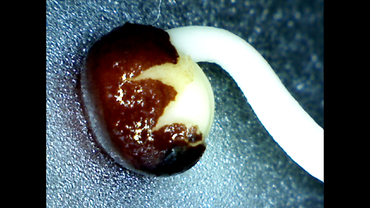 A seed that has germinated.
A seed that has germinated. Blog Post:
Today, we're going to set up an experiment to compare plants grown in different soil types (this may be done differently than the following directions). We are going to try to grow some plants in organic material (potting soil with worm castings) and some in inorganic material (perlite).
Create the following chart in a blog entry. Type everything that we put on the board into the chart. You will eventually choose one item from each column to do an experiment on!
Today, we're going to set up an experiment to compare plants grown in different soil types (this may be done differently than the following directions). We are going to try to grow some plants in organic material (potting soil with worm castings) and some in inorganic material (perlite).
Create the following chart in a blog entry. Type everything that we put on the board into the chart. You will eventually choose one item from each column to do an experiment on!
Independent Variable
| Dependent Variables
| Evidence
|
What are some things we can collect data on while growing seeds in different types of soil? (Put answers into the 2nd column in your blog post.) (Don't look at the answers after the "Read More" break, just make sure you talk about all of them):
|
| How can we measure or evaluate our observations? For example, for some of these we will need to measure the plants' heights. What about the others? What units should we use? (Put answers into the 3rd column.)
One version (we may do it differently): Choose one bullet from each column on the chart above. This will be YOUR experiment. (Others may have the same experiment as you do.) Everyone in class needs to get the materials to plant three seeds: one in potting soil, one in perlite, and one in sand. We need to plant each seed according to the directions to the right and record our predictions in this blog post. |
| Reflection/Synthesis: Answer the following questions in your blog post. Remember to have at least one follow-up sentence for each question, when possible.
| Answers:
|
When the experiment is over:
Be sure to record all of your evidence and data on this blog post as you conduct the experiment (i.e. photographs, Data Chart, etc.).
Once data collection is done, answer the following questions:
Be sure to record all of your evidence and data on this blog post as you conduct the experiment (i.e. photographs, Data Chart, etc.).
Once data collection is done, answer the following questions:
| Data Analysis Questions:
| Answers:
|
When you finish your blog post (and do it well), check out this website.


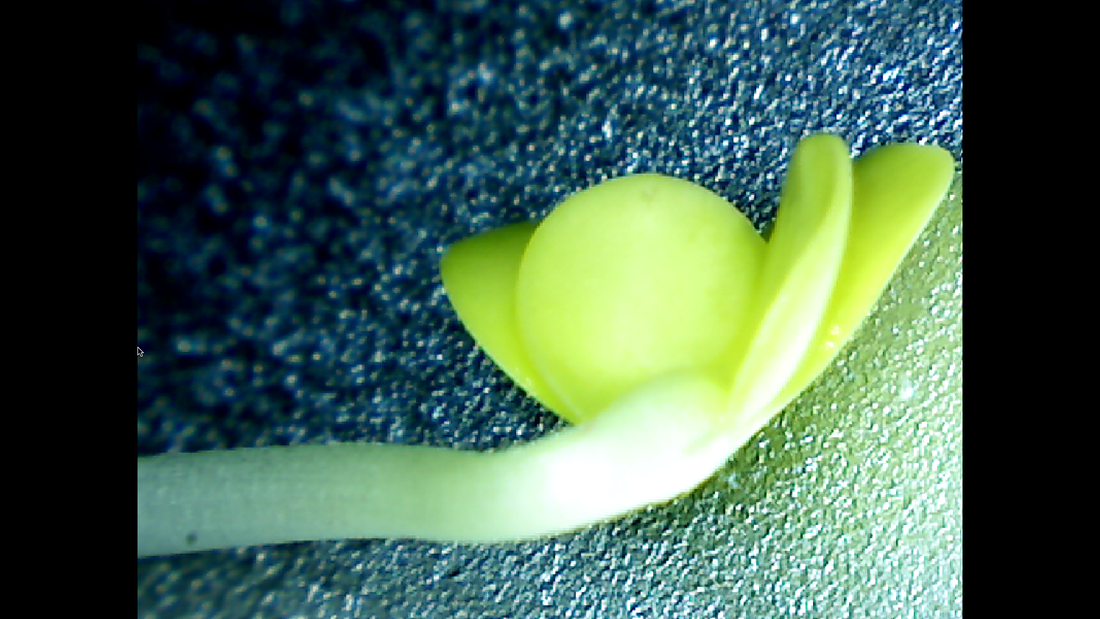
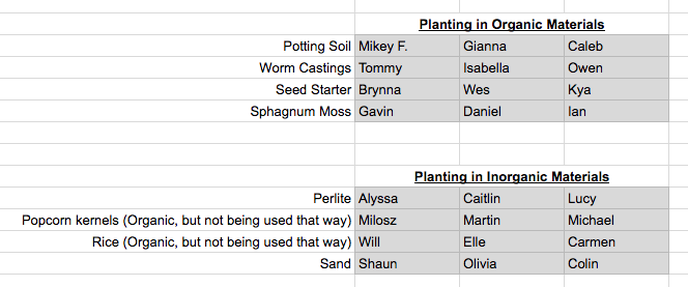
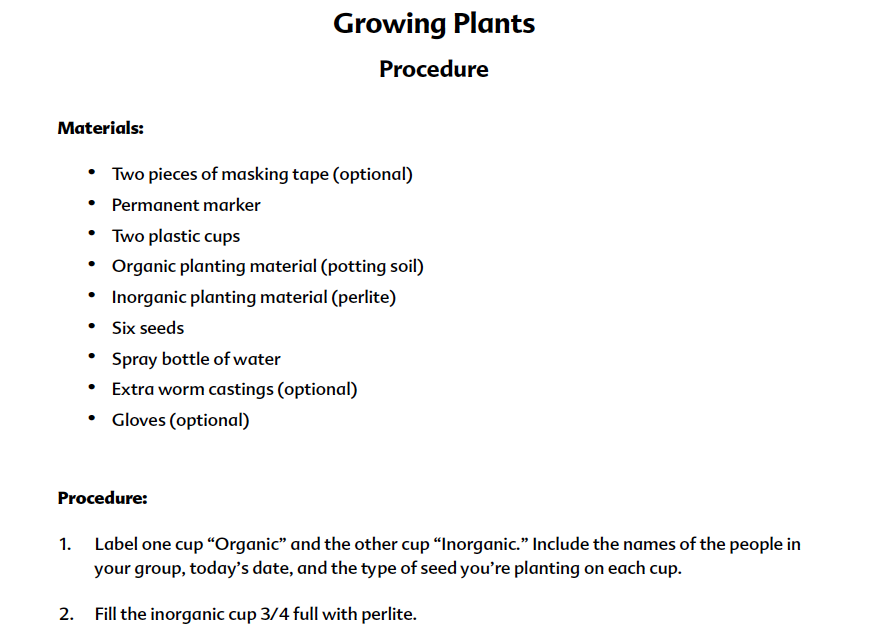
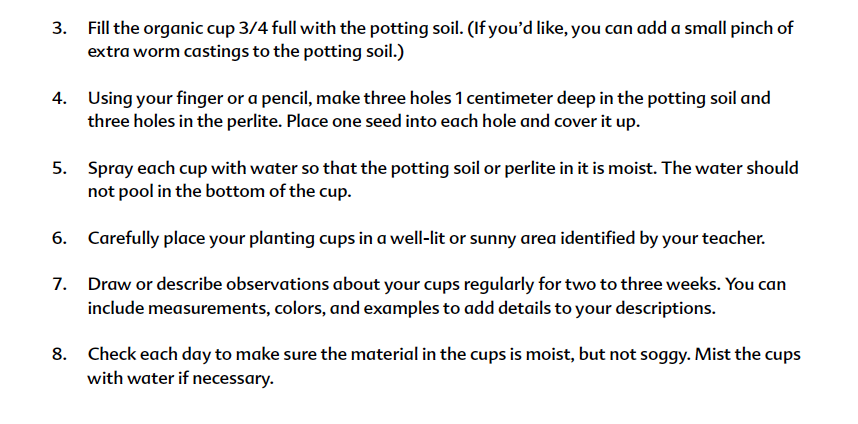
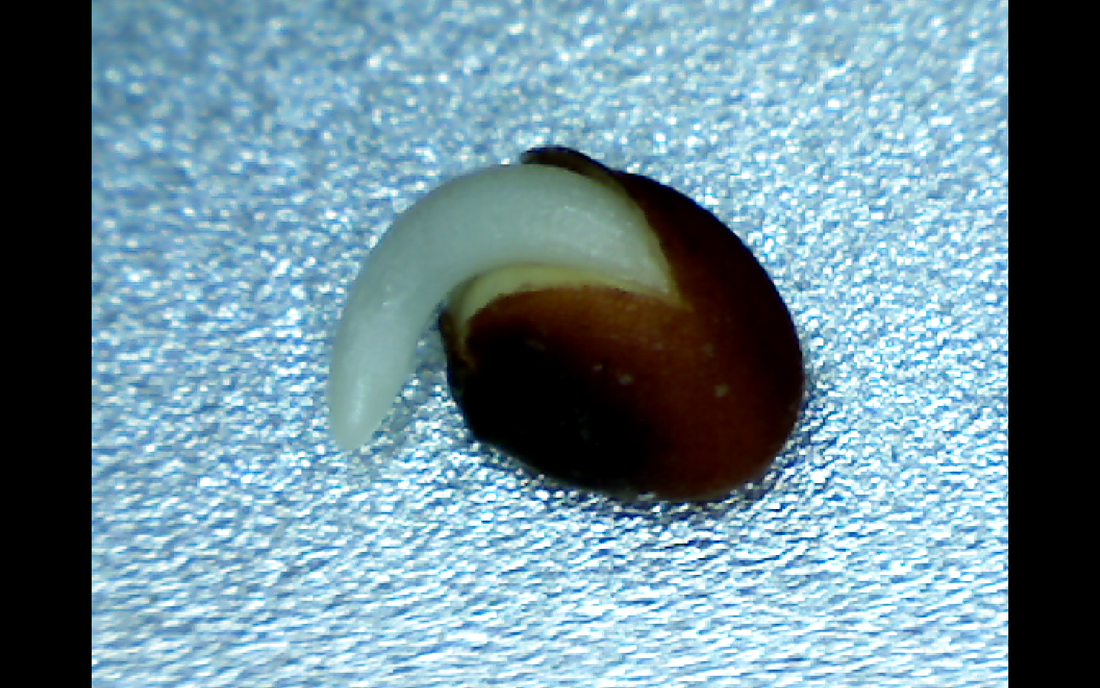
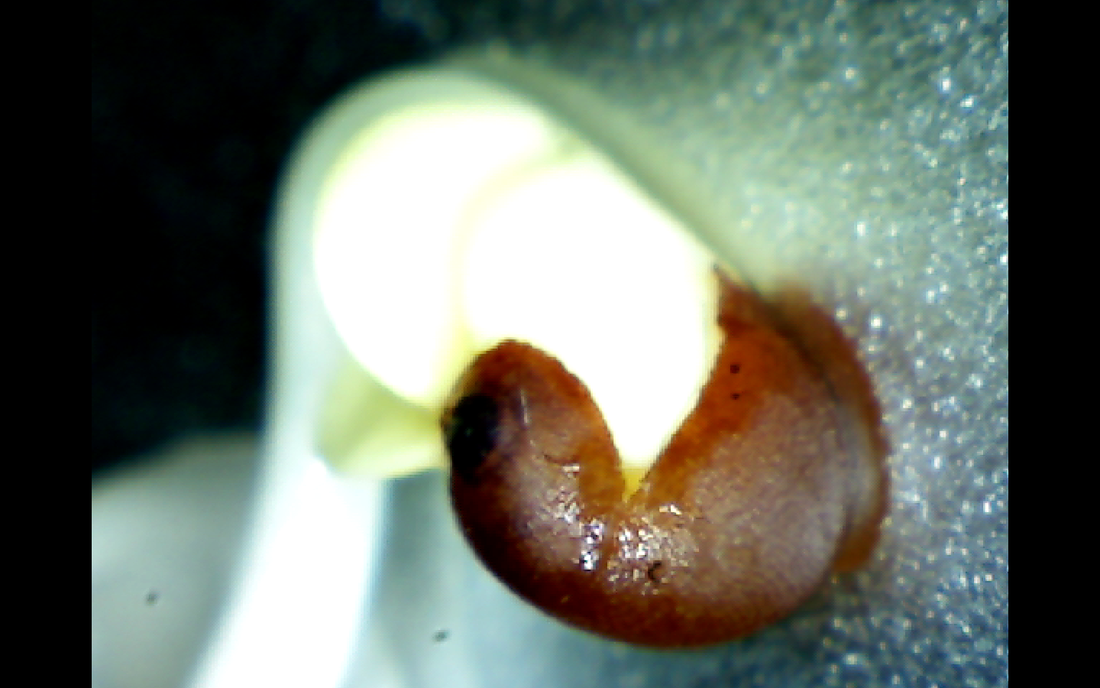
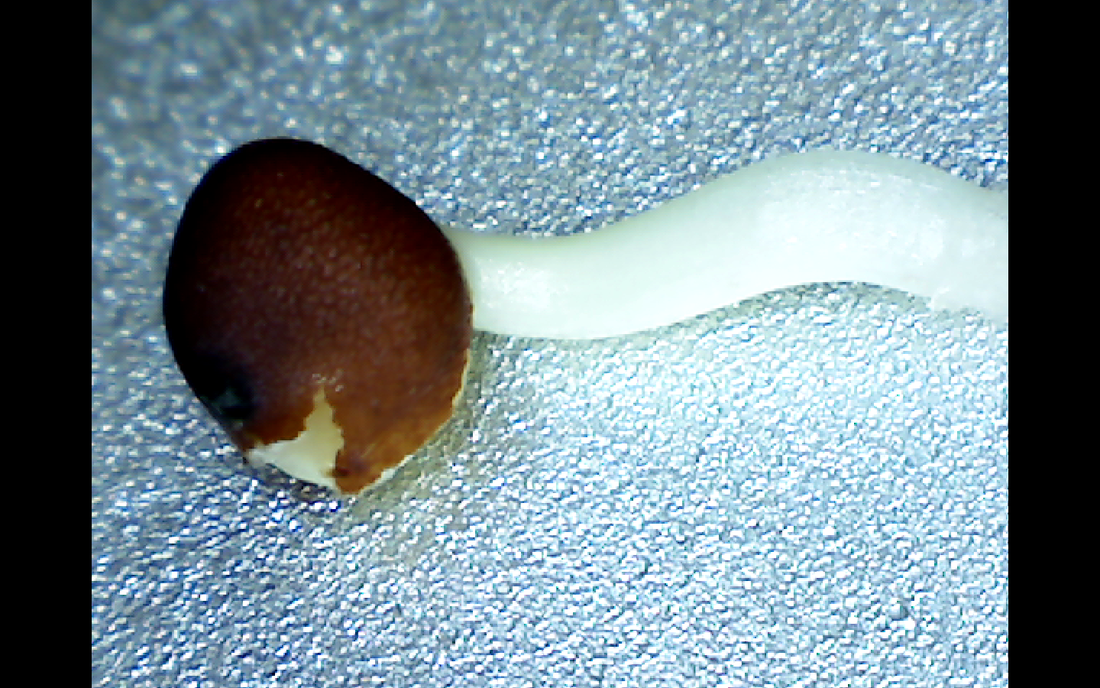
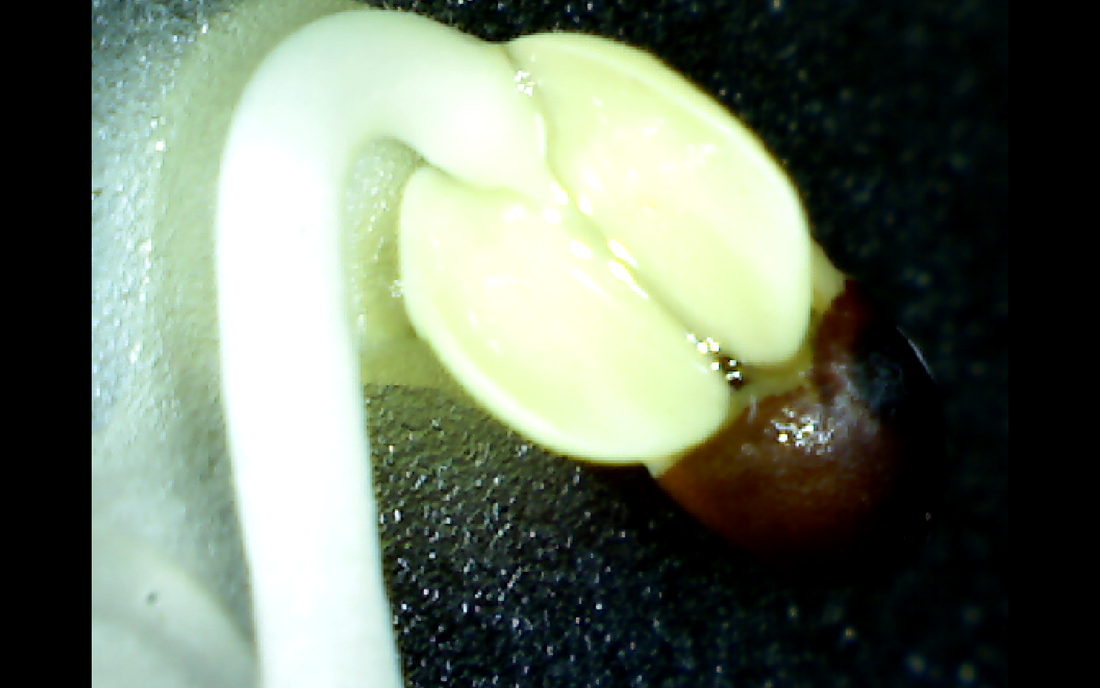
 RSS Feed
RSS Feed
